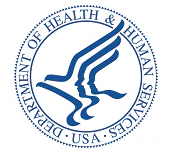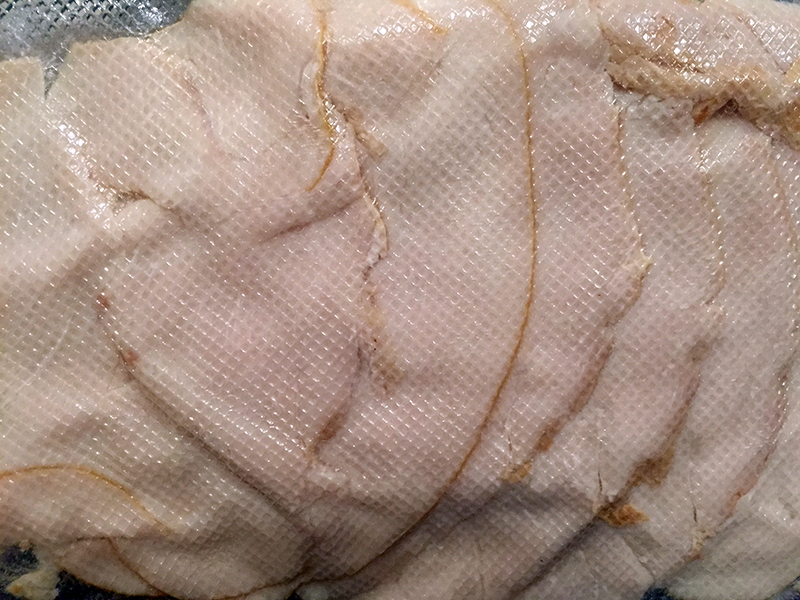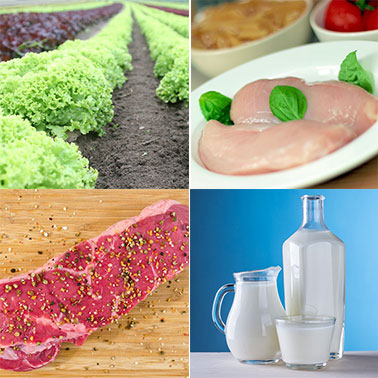The U.S. Department of Health and Human Services (HHS) announced a dramatic restructuring in accordance with President Trump’s Executive Order, “Implementing the President’s ‘Department of Government Efficiency’ Workforce Optimization Initiative.”
The restructuring will address this and serve multiple goals without impacting critical services. First, it will save taxpayers $1.8 billion per year through a reduction in workforce of about 10,000 full-time employees who are part of this most recent transformation. When combined with HHS’ other efforts, including early retirement and Fork in the Road, the restructuring results in a total downsizing from 82,000 to 62,000 full-time employees.
Secondly, it will streamline the functions of the Department. Currently, the 28 divisions of the HHS contain many redundant units. The restructuring plan will consolidate them into 15 new divisions, including a new Administration for a Healthy America, or AHA, and will centralize core functions such as Human Resources, Information Technology, Procurement, External Affairs, and Policy. Regional offices will be reduced from 10 to 5.
Third, the overhaul will implement the new HHS priority of ending America’s epidemic of chronic illness by focusing on safe, wholesome food, clean water, and the elimination of environmental toxins. These priorities will be reflected in the reorganization of HHS.
Finally, the restructuring will improve Americans’ experience with HHS by making the agency more responsive and efficient, while ensuring that Medicare, Medicaid, and other essential health services remain intact.
FDA will decrease its workforce by approximately 3,500 full-time employees, with a focus on streamlining operations and centralizing administrative functions. This reduction will not affect drug, medical device, or food reviewers, nor will it impact inspectors.
“We aren’t just reducing bureaucratic sprawl. We are realigning the organization with its core mission and our new priorities in reversing the chronic disease epidemic,” HHS Secretary Robert F. Kennedy, Jr. said. “This Department will do more – a lot more – at a lower cost to the taxpayer.”





















